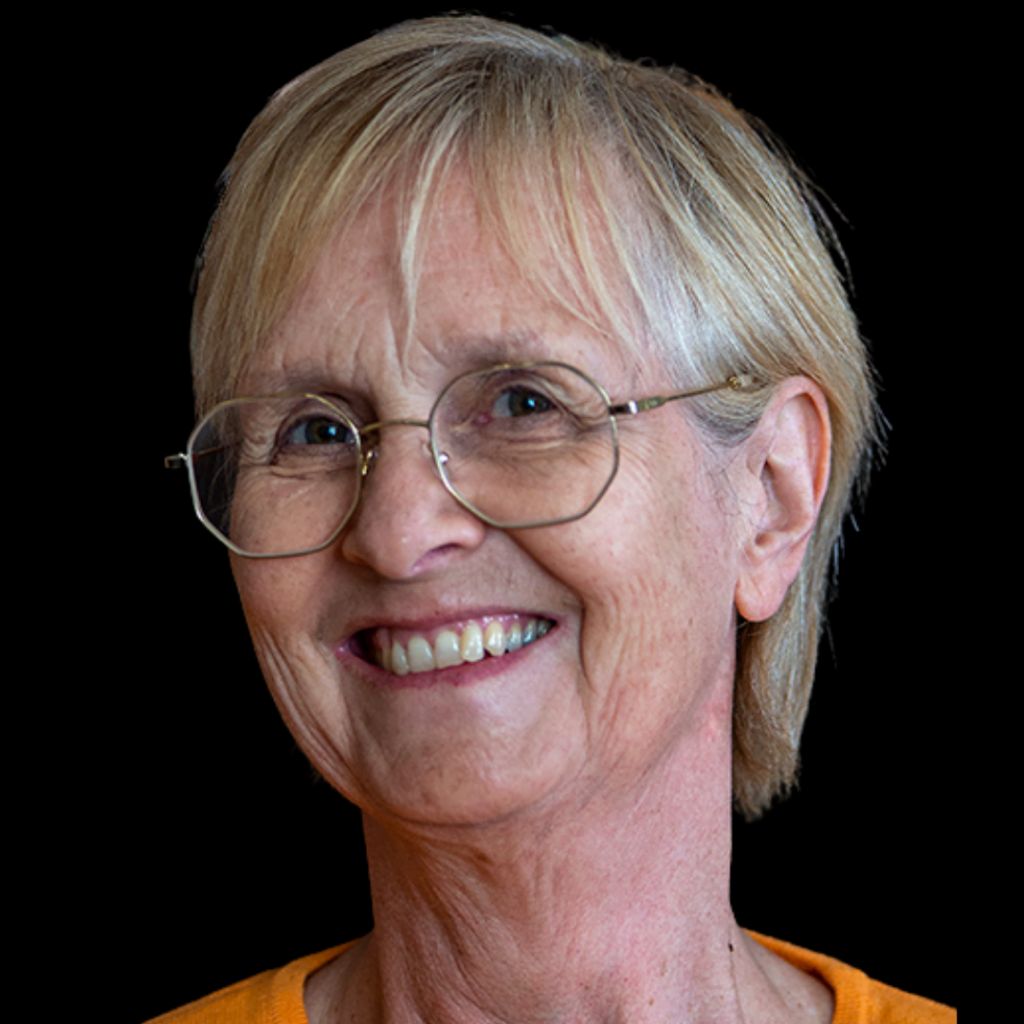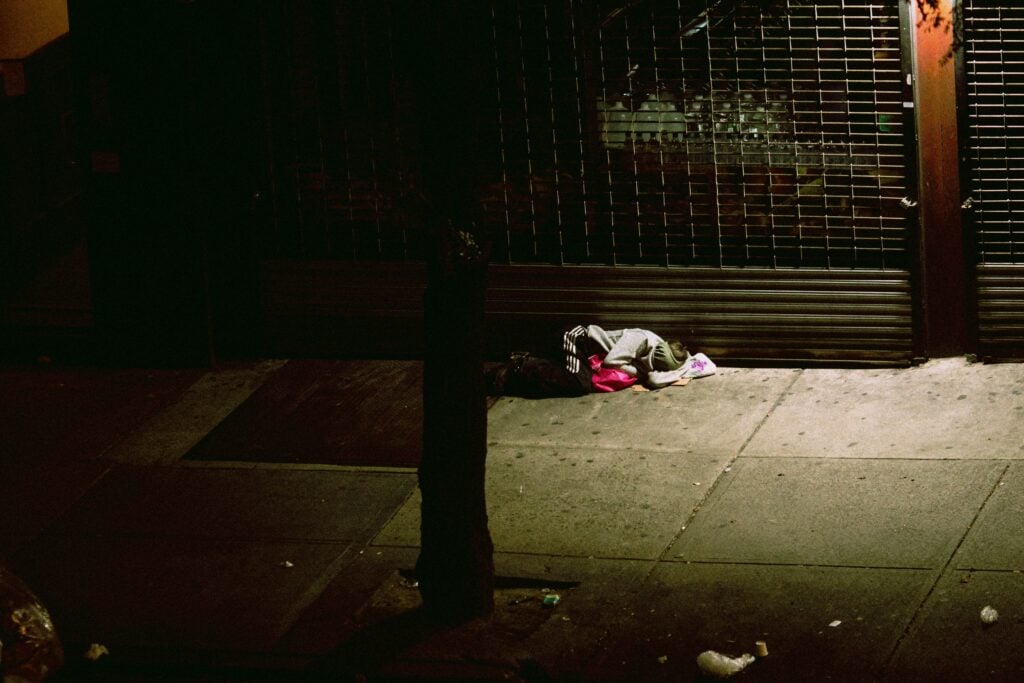Many current income support payments are less than half the poverty level. One in 200 people are homeless in Australia and many more are struggling with sky-high rents.

The statistics are truly shocking. Australia is no longer the fair go nation it once was. No one should be living in poverty.
Sandra Kanck, Democrats spokesperson on social justice
About 9 per cent of Australians (around 2.2 million people) are currently experiencing income poverty, and three per cent of Australians – roughly 700,000 people – have been in income poverty for at least the last four years.
People living in single parent families, Indigenous Australians, people with low educational attainment, the long-term unemployed, and people with disabilities or other long-term health conditions are most likely to experience protracted income poverty.
Productivity Commission, Is Australia becoming more inequal? report
Our plan
| 1. | Raise income support payments for people living independently to the Henderson poverty level which is ~$90 / day. |
| 2. | Make optional the Cashless Debit Card imposed largely on First Nations communities |
| 3. | Rationalise the bureaucratic income support systems so they are fairer, more integrated, and streamlined |
| 4. | Stop harassing people in need with complex procedures and pointless job application requirements |
| 5. | Raise the minimum wage by 5% to help low-income families struggling with the high cost of rent, food, and services. |
| 6. | Lift the Commonwealth Rent Assistance cap by 30% |
Everyone should have enough to cover the basics, but right now, people struggling to get by on the $46 a day JobSeeker rate are being forced to make heartbreaking decisions between paying their rent, putting enough food on the table, or getting the medical services they need.
We need to raise the rate of working-age payments to at least $70 a day so that everyone has enough to cover the basics while going through tough times.
Raise the Rate, ACOSS
| Daily payments | Current |
| JobSeeker* | $46 |
| Youth allowance* | $38 |
| Disability support pension* | $70 |
| Aged pension* | $64 |
| Parenting Payment – Single | $63 |
| Minimum wage | $110 |
Contract Sandra Kanck at [email protected]
Other Relevant Platforms
- Affordable Housing – not investor tax breaks that push up prices.
- Aged Care – not private profit.
- Reducing Gambling Harm – cutting advertising, extending self-exclusion.
- Tax Reform – including $37,000 Tax Free Threshold.
- Health – including DentiCare.
References
- The cashless welfare card may not be quite the success it seems (SMH, 2017)
- Cashless debit card: review fails to find proof Coalition welfare scheme reduces social harm (Guardian, 2021)
- Why is the government trying to make the cashless debit card permanent? Research shows it does not work (The Conversation, 2020)
- Raise The Rate website (ACOSS)
- Services Australia website
- Business.gov.au – The minimum wage
- ACTU calls for Annual Wage Review 5% increase (ACTU, Mar 2022)
- Out of the Maze: A Better Social Security System for People of Working Age (PDF. ACOSS, 2010)
Image above N-IUSSP

